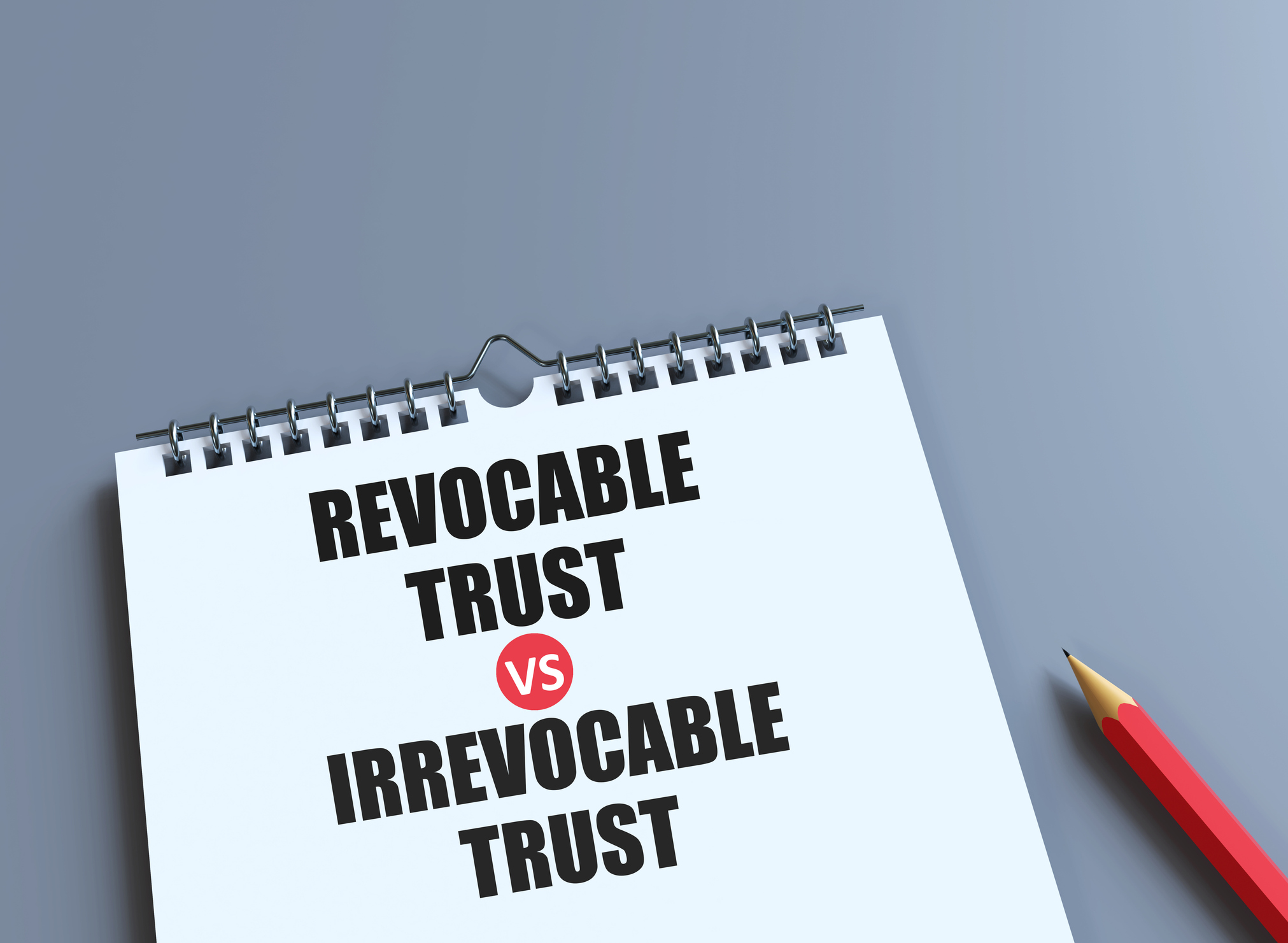10 Things to Know About Working in Retirement
You'll have more money when working in retirement. But beware of income limits and Medigap problems.


American workers typically retire by about age 61 because of health, layoffs, or simply because they’re ready for a well-earned rest. Nonetheless, more and more people are working past the usual retirement age. The Pew Research Center estimates 19% of adults aged 65 or older continue to work, nearly double the percentage in 1987.
“Many folks define retirement as a new chapter in life rather than a time of leisure,” says Lena Haas, head of wealth management advice at the financial services company, Edward Jones. “It’s a chance to pursue what they love, whether that’s staying at their job, finding a second career or starting a business.”
Money isn’t the only benefit. Working later in life can boost your mental health by giving you a sense of purpose, mental stimulation and a reason to socialize with others. Studies have also shown that working at a later age can help mitigate health problems such as dementia, heart disease, and cancer.
From just $107.88 $24.99 for Kiplinger Personal Finance
Become a smarter, better informed investor. Subscribe from just $107.88 $24.99, plus get up to 4 Special Issues

Sign up for Kiplinger’s Free Newsletters
Profit and prosper with the best of expert advice on investing, taxes, retirement, personal finance and more - straight to your e-mail.
Profit and prosper with the best of expert advice - straight to your e-mail.
While working later in life has numerous benefits, there are some issues to navigate, too. If you have the option, interest, and physical ability to stay employed, here’s what you should know:
1. Working later helps your savings last
On average, a 65-year-old man has a life expectancy of 82, while a 65-year-old woman has a life expectancy of 85. It’s common for people to live to their 90s and beyond, creating a real risk of outliving savings.
Working later shores up your retirement plan. First, work income means you don’t have to spend your savings. Even some part-time work that doesn’t cover all your expenses is still money not coming out of your nest egg.
Second, you have more time to contribute to your retirement plans and the investments have more time to grow. You could receive additional matching contributions if your employer offers a workplace retirement plan.
Finally, you could qualify for other workplace benefits such as health insurance, dental and vision coverage, gym memberships and other employee perks — versus paying out-of-pocket while retired.
2. You buy more time to qualify for government programs
Workers who retire before they turn 65 and can join Medicare need to buy health insurance, either through their spouse’s job or an individual Affordable Care Act (ACA) plan, also known as Obamacare. ACA plans charge based on age. A tax subsidy caps the price at 8.5% of your household income, but it still can be a costly stretch before Medicare.
The official retirement age for Social Security is between 66 to 67, depending on what year you were born. While you can start Social Security at age 62, each year you delay increases your monthly check and that increase lasts for the rest of your life. Your Social Security benefit maxes out when you turn 70.
3. Work income can temporarily reduce Social Security
Once you start Social Security, the government sets limits on how much you can earn, depending on your age. If you’re younger than your Social Security full retirement age, you can earn up to $22,400 in 2025. Social Security reduces your check by $1 for every $2 you earn above that annual limit.
In the year you reach your full retirement age, you can earn up to $62,160. Social Security reduces your check by $1 for every $3 you earn above the limit, but only counts the months until your birthday. After you reach your full retirement age, work income no longer reduces your Social Security check.
The reduction isn’t lost money. Social Security carries the benefit forward to give you a larger check later in life. Still, retirees can have their budgets thrown off because they were counting on the entire check plus their work earnings, says Steven Conners, a wealth manager in Scottsdale, Ariz.
4. Leaving a Medigap plan for workplace coverage is risky
If you haven’t joined Medicare, you don’t have to enroll right at age 65. You could stay on your workplace health insurance plan if you like it and only join Medicare once you retire. You won’t owe the Medicare Part B late enrollment penalty as long as you have health insurance from your job or your spouse’s job.
After you join Medicare, beware of leaving for a company health plan if you bought a Medigap plan to cover the Medicare out-of-pocket costs. If you only have Medicare, you are responsible for substantial deductibles and copayments, such as 20% of the cost of doctor and medical services under Part B. Medigap plans help cover these costs in exchange for a monthly premium.
You are guaranteed to qualify for Medigap plans the first time you join Medicare. After that, most states allow insurers to use medical underwriting for applicants, meaning you could be denied for pre-existing conditions. Only four states — Connecticut, Maine, Massachusetts, and New York — provide additional guaranteed enrollment periods beyond the first time you join Medicare.
You could still purchase a Medicare Advantage plan to cover the out-of-pocket costs without medical underwriting, but these often have less coverage and more restrictions on provider networks than Medigap plans.
5. You still need to take RMDs from retirement accounts
When you turn 73, you must take required minimum distributions (RMDs) out of your pre-tax retirement accounts, such as a 401(k) or traditional IRA. If you’re still working and don’t need the money, you can delay RMDs from your current workplace retirement plan until you leave the job.
However, you still need to take RMDs from your traditional IRA and retirement plans from past jobs. To keep delaying those taxes, see whether your employer allows you to roll over the money into your current workplace plan.
6. A tight labor market helps hiring prospects
Given that the current unemployment rate is at or slightly above 4%, employers are actively looking to hire and retain employees of all ages. Older workers are no less well-educated than younger workers, and jobs demanding more education tend to be less physically demanding, making it easier to work later in life.
“You’re bringing years of experience to the table,” says Conners, the financial adviser from Arizona. “You can help train those new bodies coming out of college.”
7. But age discrimination remains a hurdle
While it is easier to find work in retirement than in the past, age discrimination remains a factor — almost three-quarters or 74% of older Americans believe their age could be a barrier to getting hired, AARP’s survey found. The unemployment rate is also higher for workers over 55 than for younger workers.
If you’re searching for a job, age-proof your resume by putting your most relevant job experience at the top versus your school and original job experience from years ago, recommends Carly Roszkowski, vice president of financial resilience at AARP.
You should also practice using LinkedIn and video conference software, especially if you’ve never used either, as these are key for the modern recruitment process. Finally, leverage your professional network. “That’s something that doesn’t change with age,” says Roszkowski.
8. New workplace benefits support older workers
The rise of remote and hybrid work has made it much easier to find a work-life balance versus positions requiring you to be on-site every day. Employers are also offering new workplace benefits to retain older workers or entice them to come back, such as long-term care insurance that you can keep after retiring or caregiving leave to take care of a loved one without using vacation days.
“I recently spoke with a company that offered paid grandparent leave to take care of a new grandchild,” says Roszkowski.
9. Working doesn’t have to be a formal job
You could consider consulting or gig work to continue making money while setting your own hours. Or start your own business. Finally, volunteering can give you the same purpose and health benefits as working. “There’s a big jump in measured happiness for retirees who volunteer. Doing good for others is good for you,” says Haas from Edward Jones.
10. Find a balance between work and retirement
You should discuss any work plans with your spouse or partner so you’re both on the same page. Make sure there’s still time to enjoy the trips, hobbies, leisure, and family time you both hoped for in retirement. Don't push yourself too hard as you figure out your work schedule. “Listen to your body. You want the work to be helping your health, not hurting it,” says Conners, the financial adviser from Arizona.
Note: This item first appeared in Kiplinger’s Retirement Report, our popular monthly periodical that covers key concerns of affluent older Americans who are retired or preparing for retirement. Subscribe for retirement advice that’s right on the money.
Related Content
Profit and prosper with the best of Kiplinger's advice on investing, taxes, retirement, personal finance and much more. Delivered daily. Enter your email in the box and click Sign Me Up.

David is a financial freelance writer based out of Delaware. He specializes in making investing, insurance and retirement planning understandable. He has been published in Kiplinger, Forbes and U.S. News, and also writes for clients like American Express, LendingTree and Prudential. He is currently Treasurer for the Financial Writers Society.
Before becoming a writer, David was an insurance salesman and registered representative for New York Life. During that time, he passed both the Series 6 and CFP exams. David graduated from McGill University with degrees in Economics and Finance where he was also captain of the varsity tennis team.
-
 Stocks End Volatile Year on a Down Note: Stock Market Today
Stocks End Volatile Year on a Down Note: Stock Market TodayAfter nearing bear-market territory in the spring, the main market indexes closed out the year with impressive gains.
-
 How We Manage Our Finances Together: 'When You Keep Score, You Can End Up Resentful'
How We Manage Our Finances Together: 'When You Keep Score, You Can End Up Resentful'Douglas Boneparth, a certified financial planner, and his wife, Heather Boneparth, speak with Kiplinger about couples managing finances.
-
 I'm 45 and I've barely invested in the stock market. I recently inherited $50,000. What should I do?
I'm 45 and I've barely invested in the stock market. I recently inherited $50,000. What should I do?What should you do with a big inheritance? We asked a financial expert for advice.
-
 7 Outrageous Ways Retirees Can Invest Their Money in 2026
7 Outrageous Ways Retirees Can Invest Their Money in 2026Stocks and bonds aren't the only ways to invest your retirement "fun money."
-
 7 Creative Ways to Spend Less and Save More In Retirement, Courtesy of a Financial Pro
7 Creative Ways to Spend Less and Save More In Retirement, Courtesy of a Financial ProWorried you won't have enough money later in life? Try redesigning your vision of retirement, and you may find your savings go further than you thought.
-
 I'm an Annuities Pro: This Is How You Can Cover the Income Gap While Your Social Security Benefits Grow
I'm an Annuities Pro: This Is How You Can Cover the Income Gap While Your Social Security Benefits GrowTaking Social Security later results in higher future income, but that can create an income gap. Annuities can boost income until you file for benefits.
-
 Control vs Protection Quiz: Which Trust Do You Need?
Control vs Protection Quiz: Which Trust Do You Need?Quiz Take this simple quiz to discover whether a revocable or irrevocable trust should be the cornerstone of your estate plan.
-
 I'm a Financial Pro: You Really Can Make New Year's Money Resolutions That Stick (and Just Smile as Quitter's Day Goes By)
I'm a Financial Pro: You Really Can Make New Year's Money Resolutions That Stick (and Just Smile as Quitter's Day Goes By)The secret to keeping your New Year's financial resolutions? Just make your savings and retirement contributions 100% automatic.
-
 Domestic vs Offshore Asset Protection Trusts: A Basic Guide From an Attorney
Domestic vs Offshore Asset Protection Trusts: A Basic Guide From an AttorneyLearn the difference between domestic asset protection trusts and foreign or offshore asset protection trusts to help you decide what might work best for you.
-
 Now That You've Built Your Estate Planning Playbook, It's Time to Put It to Work
Now That You've Built Your Estate Planning Playbook, It's Time to Put It to WorkYou need to share details with your family (including passwords and document locations) and stay focused on keeping your plan up to date.
-
 I'm a Wealth Adviser: These 10 Strategies Can Help Women Prepare for Their Impending Financial Power
I'm a Wealth Adviser: These 10 Strategies Can Help Women Prepare for Their Impending Financial PowerAs women gain wealth and influence, being proactive about financial planning is essential to address longevity and close gaps in confidence and caregiving.